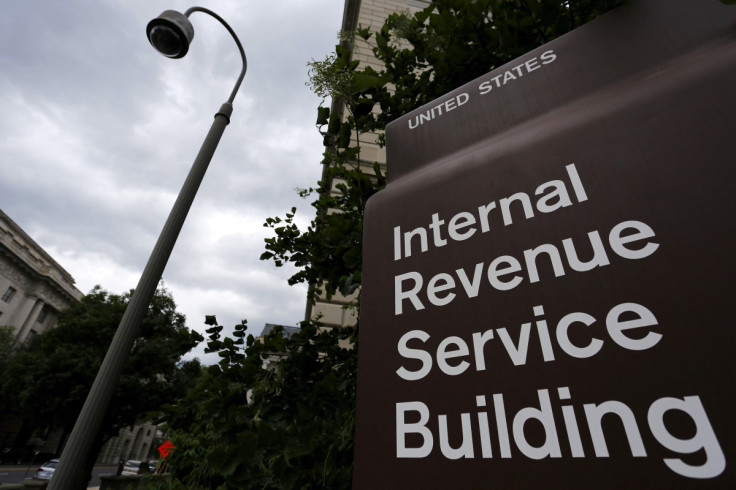IRS Reports 29% Decrease In Average Tax Refunds For 2024
As tax season kicks into high gear, the Internal Revenue Service (IRS) has disclosed a decrease in the average tax refunds for 2024 compared to the previous year.
With more than 2.6 million refunds issued, totaling about $3.65 billion as of Feb. 2, taxpayers are getting an average refund of $1,395, experiencing a huge drop from the $1,963 average refund seen one year ago -- a decrease of approximately 29%.

However, it's necessary to interpret these figures with caution, as they are based on a relatively small sample size, with the 2024 tax season having started later than the previous year. The IRS affirms that the comparison of refund sizes may be skewed due to the shorter time frame of data collection this year.
Despite the initial drop in average refunds, there are several factors at play that could impact refund amounts. First, the IRS has reported that the 2024 filing season has seen a strong start, with all systems running smoothly despite the slightly delayed start compared to the previous year. As more returns are processed, it's expected that the average refund size will likely increase.
Additionally, certain refunds, especially those claiming the earned income tax credit or the refundable portion of the child tax credit, are subject to a delay until at least Feb. 15 under the Protect Americans from Tax Hikes Act of 2015. This delay, targeted to prevent fraud, may contribute to the relatively lower average refund amounts reported thus far.
Moreover, potential changes to tax legislation, including pending bills in Congress that could impact the child tax credit, may further influence refund amounts. For instance, a proposed bill in the Senate seeks to increase the refundable portion of the child tax credit, potentially affecting the refunds of eligible filers.
On the top of that, individuals may see variations in their refund amounts based on changes in their personal tax situations, such as new dependents, marital status changes, or alterations in income sources. While these factors can impact individual returns, overall federal-law changes for tax year 2023 are not anticipated to significantly diminish refund averages compared to the previous year.
Looking ahead, experts await inflation adjustments in the tax code for 2023 that could possibly lead to higher refund amounts for some taxpayers. With inflation-indexed provisions such as the standard deduction and income ranges for tax brackets increasing by 7% this year, individuals whose income did not keep pace with inflation rates may see a surge in their refunds.
Despite the initial drop in average refund amounts, tax professionals urge taxpayers not to be worried, highlighting that these figures are subject to change as the filing season progresses. Individuals have until April 15 to file their 2023 taxes.
© Copyright IBTimes 2025. All rights reserved.






















